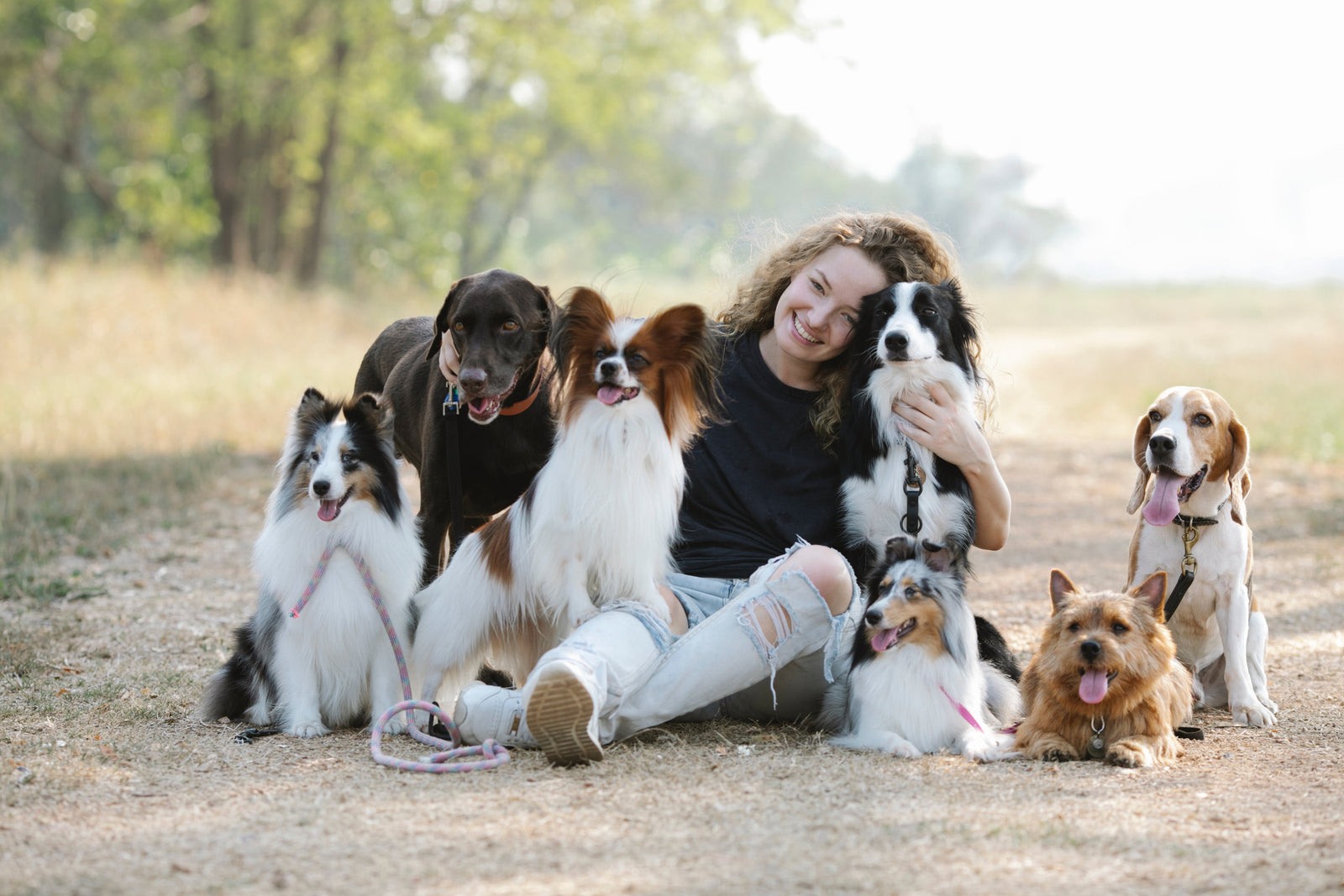Understanding Canine Body Language

Welcoming a dog into your home is a joyous experience, but effective communication is the key to a harmonious relationship. Dogs, being non-verbal creatures, express themselves through a rich array of body language. In this blog post, we'll embark on a journey into the world of canine communication, exploring the subtle signals and cues that our furry friends use to convey their thoughts and feelings.
The Silent Language of Dogs:
Dogs are masters of non-verbal communication, and understanding their cues can deepen the bond between pet and owner. Here's a breakdown of some common canine body language signals:
1. Tail Wagging:
- Contrary to popular belief, not all wagging tails indicate a happy dog. The position and speed of the wag, along with other accompanying signals, convey different emotions. A wagging tail held high may signal excitement or confidence, while a tucked tail can indicate fear or submission.
2. Ears:
- Pay attention to the position of your dog's ears. Forward-facing ears suggest interest or excitement, while flattened ears may signal fear or submission. Dogs with erect ears are often alert and focused.
3. Eye Contact:
- Direct eye contact can be an expression of trust and confidence, but it can also be perceived as a challenge in the canine world. A soft gaze may indicate affection, while a hard stare can be a sign of assertiveness or discomfort.
4. Body Posture:
- A dog's overall posture speaks volumes. A relaxed and open stance signifies confidence and contentment, while a tense or hunched posture may indicate fear, anxiety, or defensiveness. Observe the position of your dog's body and tail to gauge their emotional state.
5. Facial Expressions:
- Dogs are surprisingly expressive through their facial features. A relaxed face with a slightly open mouth indicates a calm and content dog. A wrinkled forehead or bared teeth may signal discomfort or aggression. Pay attention to subtle changes in expression during different situations.
Tips for Interpretation and Communication:
Now that we've explored some key aspects of canine body language, here are a few tips to enhance your ability to interpret and respond:
1. Observe in Various Contexts:
- Pay attention to your dog's body language in different situations, both at home and in public. Context plays a crucial role in understanding their signals.
2. Respect Personal Space:
- Allow your dog to approach new people or situations at their own pace. Respect their need for personal space, especially when meeting unfamiliar dogs.
3. Positive Reinforcement:
- Use positive reinforcement to encourage desired behaviors. Reward your dog when they exhibit calm and confident body language.
4. Consult a Professional:
- If you're unsure about your dog's behavior, seek guidance from a professional dog trainer or behaviorist. They can provide personalized advice based on your dog's specific cues.
Understanding canine body language is a valuable skill for any dog owner. It fosters a deeper connection with your furry companion and enhances your ability to meet their needs. By tuning in to the silent language of dogs, you'll embark on a journey of mutual understanding and communication, creating a stronger and more fulfilling bond with your canine friend. Happy decoding!

